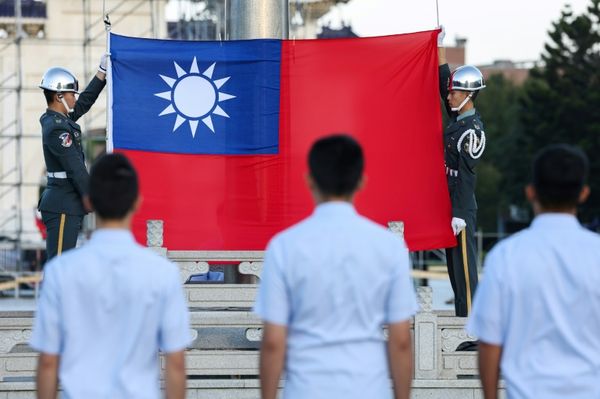Adrian Phillips jokes he's probably got buffalo blood running in his veins, such is his passion for the wild animals.
Watching the former chopper pilot, contract musterer and butcher patiently coax a mob of wild buffalo through a set of yards on a Top End property, it's clear he does have a kind of "buffalo whisperer" ability.
He's a straight-shooting, rugged cattleman born and raised in the Northern Territory, where he claims buffalo helped give him a leg up in life when he did not have two cents to rub together.
He now runs around 700 buffalo and 3,500 cattle on a property on the Mary River about 100 kilometres south-east of Darwin.
"I put the buffalo in paddocks on marginal country where cattle don't do well," he said.
His buffalo are mostly destined for live export, but he is eyeing off a new market — domestic high-end meat production using the Riverine breed.
"They are bred for dairy buffalo, but they yield exceptional-quality meat and really good. There's [a] massive demand for the meat from the restaurant trade. So I'd like to see that line of buffalo go paddock to plate," Mr Phillips said.
Demand for Australian buffalo
With cattle prices currently sky high, exporters like Patrick Underwood from Australian Cattle Enterprises said he was also seeing demand for buffalo surge.
Countries such as Indonesia, Vietnam, Malaysia, Brunei and some smaller nations are all putting orders in for Australian buffalo.
"So, there's been a big disruption to that supply throughout that market. Also, Australian cattle are so expensive, they're very expensive, and the supply is short. So buffalo is seen as a genuine alternative," he said.
Mr Underwood said buffalo were fetching 10 per cent more than last year, when 10,000 head were exported through the Darwin Port, the highest numbers to date.
The industry is feeling optimistic but also anxious the opportunity does not get squandered.
Louise Bilato heads up the Northern Territory Buffalo Industry Association.
"There's been ups and downs in the industry. We really feel that this is a period of huge opportunity where the industry can have a whole series of disparate aspects come together," Ms Bilato said.
"Obviously, because of COVID, some of the suppliers internationally are no longer there and Indonesia particularly is very keen not just to have our live buffalo but also to get boxed buffalo meat."
A game-changer was the reopening of the Rum Jungle abattoir near Darwin in December 2019. It processed 7,000 buffalo this year.
The meatworks can take the animals that are rejected or unsuitable for live export.
"That is the one big thing that has changed that has now gone from 20 per cent or 30 per cent of the animals could be sold to right now, nearly 100 per cent could be sold," Mr Phillips said.
Shooting to waste
In a world where waste is increasingly a dirty word, there are also environmental aspects.
A renewed buffalo trade could help keep control of the animals on Indigenous lands where they can wreak havoc. In some areas, buffalo are culled rather than mustered and sold.
"So this shooting to waste is ridiculous. Yes, we need to manage numbers because it does create [an] environmental impact. And we see that but hey, let's get together and get contractors out there," said Mr Phillips.
Louise Bilato said they could take up to 30,000 animals each year and not make an impact on the 180,000 roaming in Arnhem Land.
She said there's also a need for more pastoralist or Indigenous landowners to "background" buffalo like Adrian Phillips is doing and retain young animals to be fattened during, and traded in, the wet season when contract mustering crews cannot get in.
Exporters say the consistency in supply would also help them sell the product.
"We'd like to see people spend money in infrastructure. And I think as an exporter, we should pay a premium for buffalo during the wet season to encourage that year-round aspect," Mr Underwood said.
Mr Phillips and his family are keen to see black gold reign once more.
Watch this story on ABC TV's Landline at 12:30pm on Sunday, or on iview.







